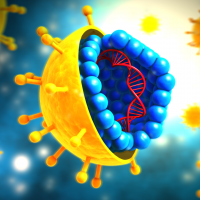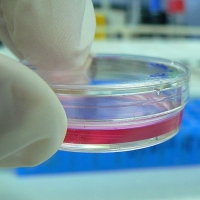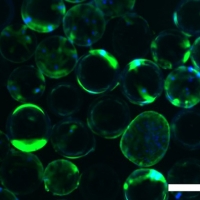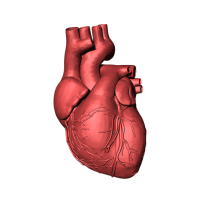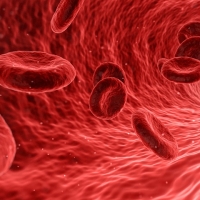At the end of 2014, the company Oxford Nanopore Technologies presented a device that promised to revolutionize DNA analysis. Slightly larger than a lighter, MinION became the smallest sequencer ever made up to the date. The portable device, weighing around 100 grams, connected to a computer to sequence DNA and RNA, and included a bioinformatic program to facilitate part of the data analysis, enabling researchers to do it on-site and in real time.
-
-
An international research project published in Nature Communications some months ago heralded the discovery of 44 new viruses existing on the surface of the Mediterranean Sea, and in the depths of the Atlantic Ocean.
-
When DNA or scRNA analyses are performed at the individual cell level, researchers tend to follow a series of key steps. The first one, the isolation and classification of the cells of interest, requires the extraction of the various cell types and destruction, in most cases, of their local environment.
-
All somatic cells of a body have the same genome. But each of them can present a different gene expression profile depending on the epigenetic marks that, acting as molecular switches, activate or deactivate these sequences. These regulatory systems, globally known as the epigenome, include the chemical modification of the genetic fragments and the histones, or changes in the accessibility and make-up of the DNA.
-
Five years ago, a team of Australian researchers developed a device that was destined to revolutionize regenerative medicine. Their invention, which they called the BioPen, consisted of a “pen” designed to deposit stem cells and growth factors inside a biopolymer to repair the bones and cartilage of patients who had suffered trauma, for example a traffic accident.
-
As occurs with arteriosclerosis, in which deposits of cholesterol, fat and other substances gradually form plaque in the arteries and constrict blood flow, heart valves can also suffer problems over time. One of the most significant is calcific aortic valve disease (CAVD) which, as its name indicates, consists of the deposition of calcium in the aortic valve of this vital organ.
-
Obesity is a serious public health problem around the world. According to data from the World Health Organization, 39% of people over eighteen are overweight, of which over 650 million were obese in 2016.
-
Last April 14 marked the fifteenth anniversary of the Human Genome Project’s completion. This initiative made for a turning point in the history of biology: while in 1990 somewhat less than a hundred genes related with diseases were known, by 2003 this figure had risen to some 1,400 genetic sequences.
-
Blood cells are considered to be excellent ex vivo models for the characterization of diseases and in the determination of the beneficial or toxic effects of possible treatments. The results of numerous research projects over recent years, through which researchers have developed biomarkers of interest in different pathologies, make up the evidence behind this assertion.
-
A decade ago, the European Union and the European Federation of Pharmaceutical Industries and Associations promoted the creation of the Innovative Medicines Initiative, with the aim of developing increasingly efficacious and safe drugs. Financing first came from the Seventh Framework Program of the European Union, and later from the Horizon 2020 Framework Program.


